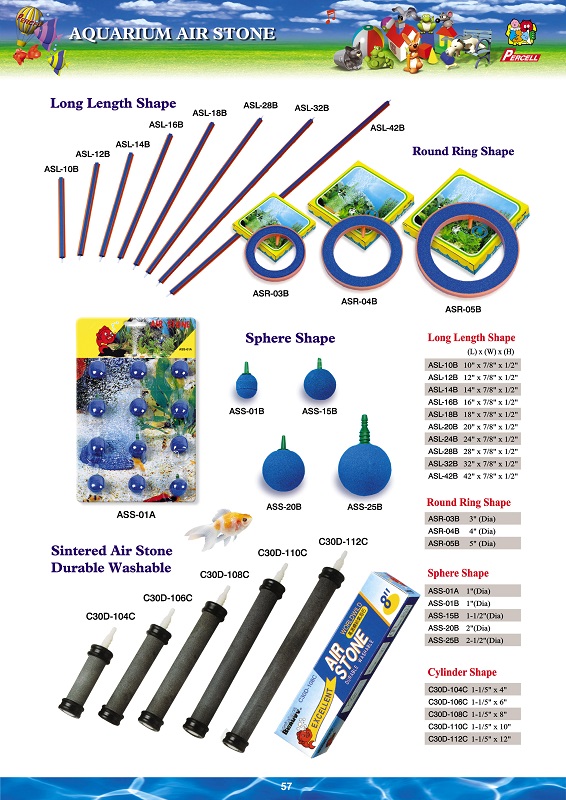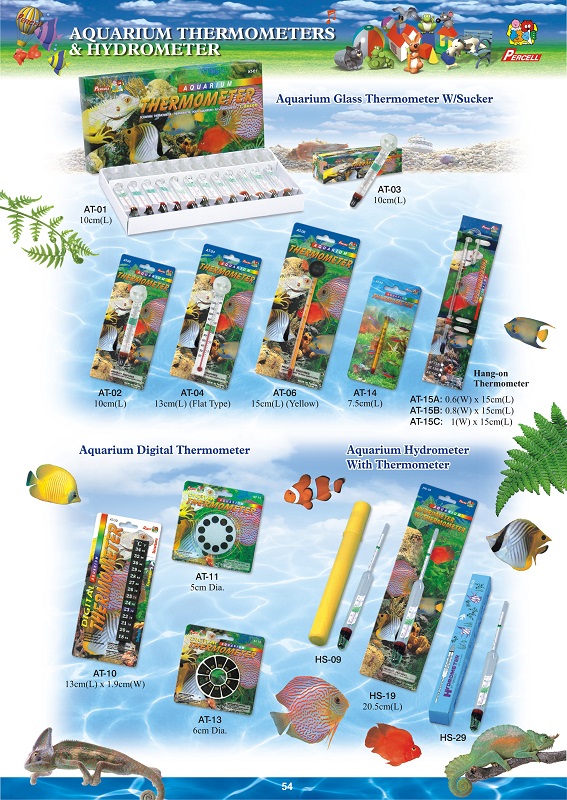Market competition promotes the development of machine vision
In modern industrial automation production, it involves a variety of inspection, measurement and part recognition applications, such as automatic positioning of components in electronic assembly lines, printing quality inspection of beverage bottle caps, barcode and character recognition on product packaging, etc. The common characteristics of these applications are continuous mass production and very high requirements for appearance quality. Usually this kind of work with high repeatability and intelligence can only be done by manual inspection. We often see hundreds of inspection workers behind some modern production lines in some factories to perform this process, which is adding to the factory. At the same time of huge labor costs and management costs, it still cannot guarantee a 100% inspection pass rate (ie "zero defects"). Today's competition among companies clearly does not allow 0.1% of defects to exist.
At this time, people began to consider combining the rapidity, reliability, and repeatability of results with the highly intelligent and abstract capabilities of human vision, thus generating the concept of machine vision. The characteristics of machine vision are automation, objectivity, non-contact and high precision. Compared with image processing systems in the general sense, machine vision emphasizes accuracy and speed, as well as reliability in industrial field environments. Machine vision is suitable for measurement, inspection and identification in the process of mass production, such as: parts assembly integrity, assembly dimensional accuracy, part processing accuracy, position and angle measurement, part recognition, characteristic character recognition, etc. Its largest application industry is : Pharmaceutical, manufacturing, food, beverage, medicine, etc., such as: rapid positioning of electronic components on high-speed placement machines; inspection of the number of pins; identification of printed characters on the surface of IC; capsule wall thickness and appearance in capsule production Inspection of defects; inspection of the number of balls and damage in bearing production; identification of production date on food packaging; inspection of label placement. At present, the application of vision systems is booming internationally. The market size in 1998 was 4.6 billion US dollars. In China, industrial vision systems are still in the concept introduction period. Leading companies in various industries have begun to solve the problem of production automation. Turn your attention to the automation of visual measurement.
Composition and classification of machine vision systems
Machine vision is to use machines to replace human eyes for measurement and judgment. The machine vision system converts the captured object into image signals through machine vision products (that is, image pickup devices, divided into two types: COMS and CCD), and transmits them to a dedicated image processing system. Based on the pixel distribution and brightness, color, etc. Digital signal; the image system performs various operations on these signals to extract the characteristics of the target, and then controls the operation of the equipment on the spot according to other results.
The characteristic of the machine vision system is to improve the flexibility and automation of production. In some situations where the dangerous working environment that is not suitable for manual work or artificial vision is difficult to meet the requirements, machine vision is often used to replace artificial vision. At the same time, in the process of large-scale industrial production, the use of artificial vision to check product quality is inefficient and the accuracy is not high. Using machine vision detection methods can greatly improve production efficiency and production automation. In addition, machine vision is easy to implement information integration and is the basic technology for computer integration.
A typical industrial machine vision application system includes the following parts: light source, lens, CCD camera, image processing unit (or image capture card), image processing software, monitor, communication (input and output unit), etc., its work flow is: first A camera is used to obtain the image signal of the target to be measured, which is then converted into a digital signal by A / D conversion and sent to a dedicated image processing system. According to the information of pixel distribution, brightness and color, various operations are performed to extract the characteristics of the target, and then The judgment result is output according to the preset judgment criterion, and the driving actuator is controlled to perform corresponding processing. Machine vision is a comprehensive technology, including digital image processing technology, mechanical engineering technology, control technology, light source lighting technology, optical imaging technology, sensor technology, analog and digital video technology, computer hardware and software technology, human-machine interface technology, etc. Machine vision emphasizes practicability, and is required to be able to adapt to the harsh environment of the industrial site. It must have a reasonable price-performance ratio, general industrial interface, high fault tolerance and security, and have strong versatility and portability. It emphasizes more Real-time performance requires high speed and high precision.
In short, the application of machine vision systems can significantly reduce inspection costs, improve product quality, and speed up production speed and efficiency. As a high-precision, non-contact measurement solution, the vision system involves optical and image processing algorithms, which are themselves highly specialized products. In the entire measurement control system, it is often necessary to cooperate with the motion control system to complete position correction and feed control. In addition, when synchronous and continuous detection of multiple processes on the production line, the vision system must have distributed networking capabilities. The combination of machine vision and motion control, network communication and other advanced technologies is changing the face of industrial automation production.
Besides the main Aquarium Equipment that you need, we also carry aquarium accessories that help to maintain the daily function of an aquarium. Such as air stones that work with air pumps to generate a greater number of air bubbles evenly and continuously. Aquarium brass gang valve which also works with air pumps splitting and controlling air flows from one source.

Varies aquarium thermometers to monitor the temperature of the water to keep the best living condition for the fishes. Aquarium Hydrometer to monitor the salinity of a saltwater aquarium.

To maintain a good natural water plant aquarium, you will also need water plant stainless steel clipper, scissors and gravel scraper. To work with CO2 generation, you will also need CO2 reactor, CO2 bubble counter and CO2 diffuser.

ABOUT US
PERCELL PET is established in 1978 with offices located in Taipei, Taiwan and Guangdong, China. Currently, Percell Pet partners with more than 49 distributors around the world and carries thousands of quality pet supplies for dogs, cats, birds, fresh and salt water fishes, reptiles and small animals, like rabbits and ferrets, etc from Taiwan and China.
We supply popular and classic pet products around the world and also OEM products at your needs.
- FLEXIBLE IN ORDER VOLUME, orders can be done in LCL or full container, MOQ can be discussed accordingly.
- COMMUNICATION, staff are fluent in written English with in time replies.
- SERVICE, provide help and solutions to your sourcing in Taiwan and China.
Aquarium Equipment
Aquarium Equipment,Aquarium Water Equipment,Aquarium Luxury Equipment,Acrylic Aquarium Equipment
PERCELL PET SYSTEM CO., LTD , https://www.percell-pet.com